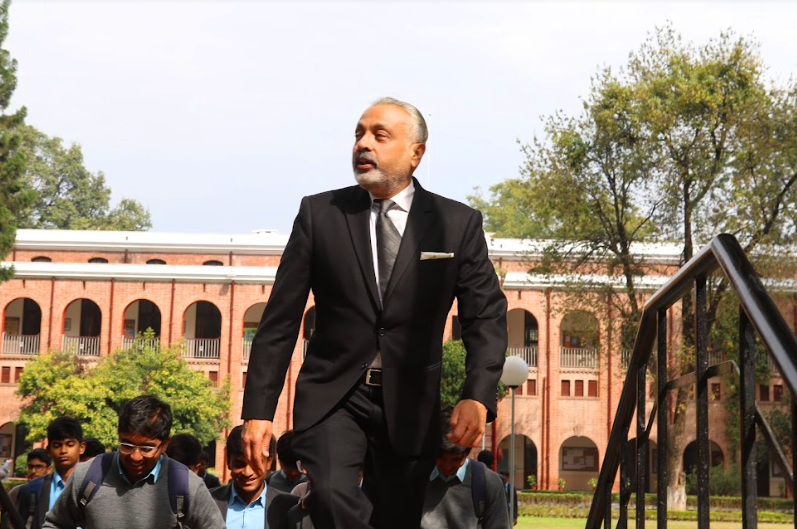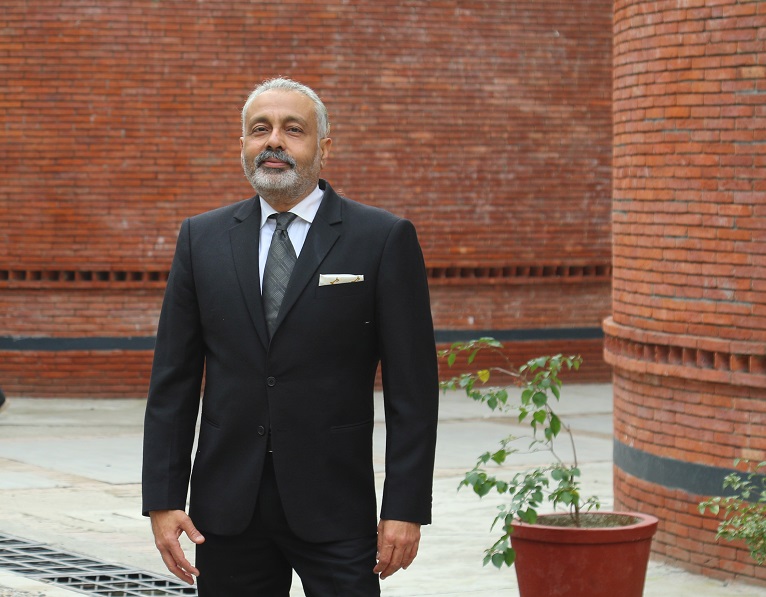The Right Balance and Keeping Children Safe Online
Who is in charge of keeping our children safe online?
Yes, schools must play a role. They must back their anti-bullying policies with concrete procedures for dealing with incidents as they arise. Parents must have confidence that if something is brought to the attention of a school, they will be able to handle it and reach a resolution that benefits everyone involved. However, punishing the bully and appeasing the victim does little to address the core problem. Bringing a group of people to talk to our kids once a year about changing passwords and saying nice things online does little to quell their curiosity, ’selfie’ mindset, and often ‘act now, think later’ mentality.
Yes, we must continue to make tech sites and creators aware of the dangers their sites pose and demand improved settings and safety measures. But we also know that these measures alone are insufficient to teach our children about how they interact online. More often, by the time the site comes to the knowledge of the parents, or the changes are made, the kids have already found their next online ‘hangout’.
“As a result, we should be aware that the internet is a global phenomenon. It is not run by a single government or a single technology company. It is not easily legislated, and policies are not developed with our children’s safety in mind. So it appears that it is our responsibility as parents to keep our children safe. I believe this because no safety settings or blocks can ever guarantee our children’s safety because children are not born knowing this information. It is our responsibility as parents to do everything possible to keep our children safe. But we must do so in a way that develops their skills and independence, acknowledging that we cannot possibly keep an eye on every update they make and monitor every picture they upload.” Says Anoop Singh Bishnoi, Chairman of The Doon School, Dehradun.
“How can this be done?... Once parents learn about what is out there, they can deal with challenges as they arise. It should be in their hands to decide which websites and apps are appropriate for their children based on their age, development, and maturity. But most importantly, parents need to connect with their children in person so that they can recognize when something is wrong.” Adds Anoop.
To move forward, a comprehensive approach to safety that considers both the risks and opportunities of digital engagement will be required. While there is no one-size-fits-all solution, there is a path forward to develop solutions that will allow children to use the internet while remaining safe, and this is only possible if parents are active participants in their children’s online presence.




Comments
Post a Comment